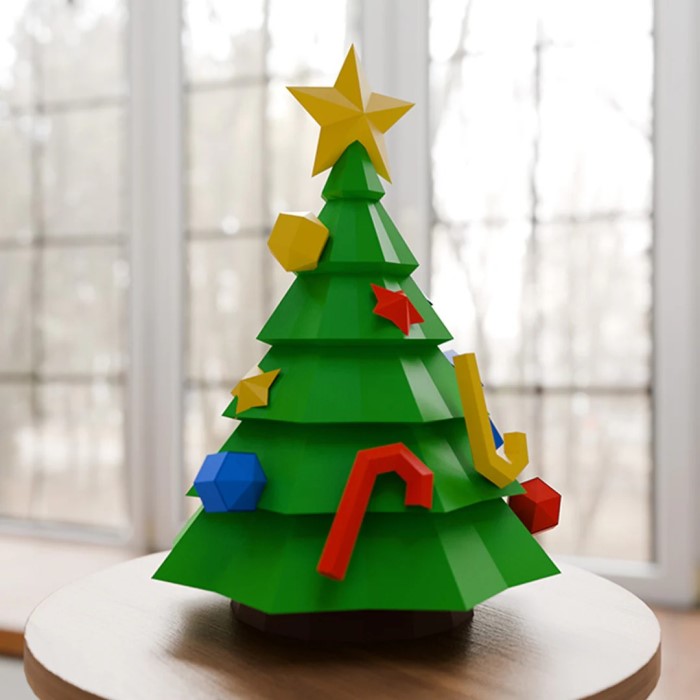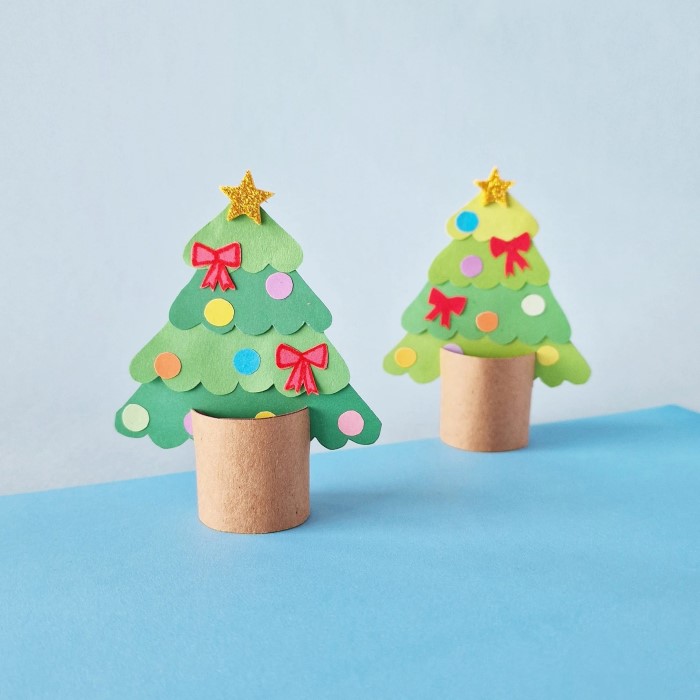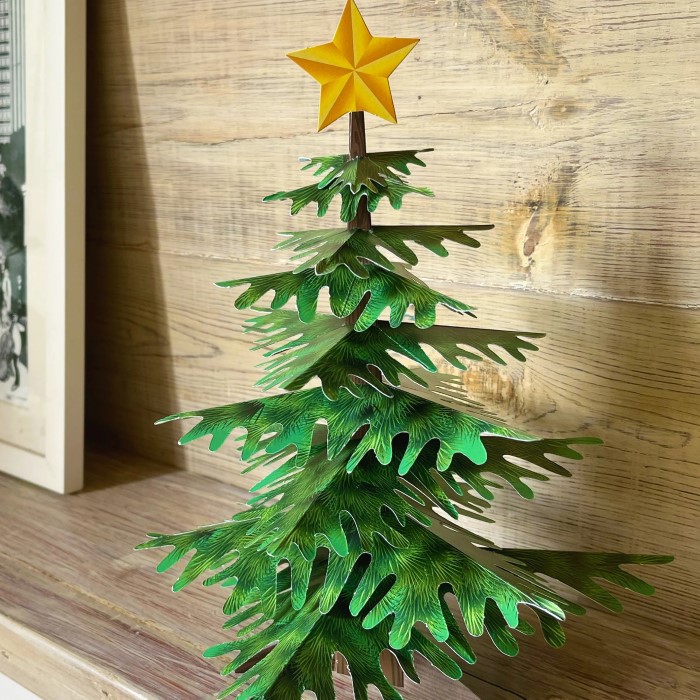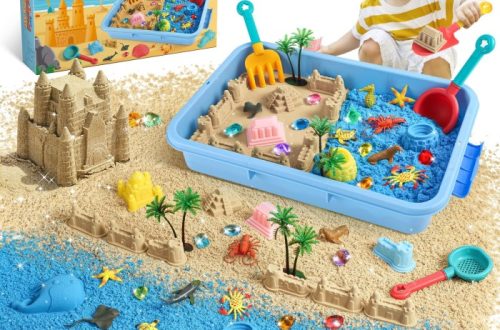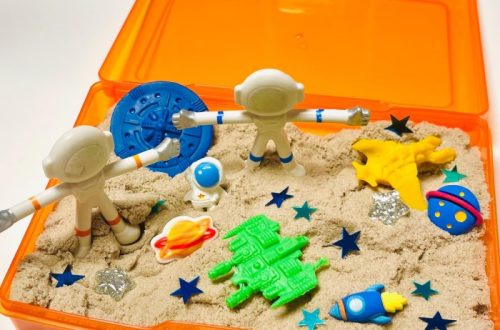Introduction
The holiday season is a time when families come together to celebrate, bond, and express their creativity. One delightful way to engage in this festive spirit is through Christmas tree paper craft. These crafts not only brighten up your home but also serve as valuable bonding experiences for families. Crafting together can spark joy, foster creativity, and provide a wonderful opportunity for relaxation and connection amidst the holiday hustle and bustle. In this article, we’ll explore a variety of creative ideas, useful tips, and valuable insights into enjoying paper crafts with your family during the Christmas season.

The Importance of Crafting During the Holidays
Crafting during the holidays plays a crucial role in enhancing family connections and promoting creativity. With our daily lives becoming increasingly busy, taking time to engage in creative activities allows families to slow down, reconnect, and make memories that will last a lifetime. These DIY holiday decorations create a warm, inviting atmosphere in homes and provide a sense of achievement when completed. Engaging in these projects also helps children develop essential life skills, such as problem-solving, hand-eye coordination, and the ability to work as part of a team.
Moreover, crafting can instill a sense of tradition within families. By establishing a routine of creating ornaments, decorations, or other festive items, children learn to appreciate the meaning of the holiday season and the joy of contributing to family activities. The process is often more valuable than the final product, emphasizing the importance of spending time together.
Unique Ideas for Christmas Tree Paper Craft
When brainstorming Christmas tree paper craft, the possibilities are vast and varied. Here are some unique ideas to inspire your family’s crafting sessions:
- 3D Paper Trees: Create stunning 3D trees using colored cardstock. Start with a simple pyramid shape for the tree base, then decorate with glitter, sequins, or even small ornaments. These can be displayed on dinner tables or mantels.
- Handprint Christmas Trees: For a personal touch, use your children’s handprints as the tree silhouette. Trace their hands onto green paper, cut them out, and glue them together in a fan shape. This makes for a special keepsake to cherish for years to come.
- Origami Christmas Trees: Introduce kids to origami techniques by folding paper into beautiful tree shapes. Once mastered, they can craft small trees for gifts, tags, or even as part of a table setting.
- Paper Roll Trees: Repurpose empty toilet paper rolls by cutting them into segments, painting them green, and decorating with festive embellishments. Stack them to create a unique, multi-leveled Christmas tree.
- Nature-Inspired Decor: Incorporate natural elements by gluing leaves, twigs, or even pinecones onto your paper crafts. This adds an organic touch, connecting your crafts to the beauty of the season.
By incorporating themes and variations, you can create an even more engaging experience for everyone involved. The excitement of trying new ideas and techniques can amplify the crafting fun.
Step-by-Step Guides to Crafting
Creating your own Christmas tree paper craft can be an enjoyable and straightforward endeavor if you follow a structured approach. Here’s a guide to help you get started on your paper crafting journey:
- Gather Your Materials: Make sure to collect all the necessary materials. Basic supplies include colored paper, scissors, glue, markers, sequins, and any embellishments you desire. Gather these together to avoid interruptions during crafting.
- Choose a Design: Think about the type of tree you want to create. Involve your children in the decision-making process. Whether you prefer a flat decoration or a more dimensional piece, involving them in this step builds excitement.
- Measure and Cut the Paper: If you’re creating shapes that require precise measurements, use a ruler and pencil to mark measurements before cutting. Children can practice their cutting skills, so encourage them to assist where safe to do so.
- Assemble Your Craft: Depending on your chosen design, you will need to follow specific assembly instructions. For certain crafts, you might need to fold, glue, or layer elements. Take your time through each step, enjoying the process as much as the outcome.
- Add Finishing Touches: Decorating your Christmas tree crafts allows for personal expression. Use stickers, markers, ribbons, or glitter to create a unique look that reflects your family’s style. Encourage kids to use their imagination freely.
- Display Your Creations: Once your crafts are complete, find a special place to display them. Whether it’s on the dining table, the window ledges, or a carefully crafted display area, positioning them where family members can admire them adds to the festive environment.
Environmental Benefits of Paper Crafts
Opting for paper crafts for families not only boosts creativity but also promotes mindfulness toward the environment. Using scrap paper or repurposing old books and newspapers can teach children about recycling and responsible consumption. By incorporating these principles into your crafting, you instill a sense of respect for nature, allowing them to contribute positively to the world around them.
Encourage your children to brainstorm ways to create holiday crafts using items readily available at home. This approach adds an educational component to your crafting sessions and promotes resourcefulness. Working with recycled materials can enhance creativity and imagination, as children learn to embrace imperfection and find beauty in what others might overlook.
Engaging Children with Christmas Tree Crafts
Getting children involved in crafting goes far beyond technique—it’s about fostering an enjoyable atmosphere. Here are some tips to engage children effectively during your crafting sessions:
Create a Comfortable Space
- Designate a Crafting Area: Choose a specific area in your home that is dedicated to crafting. This space should be free from distractions to help children focus on their creative projects.
- Ensure Enough Space: Make sure that there is enough room for children to spread out their materials and work comfortably. A larger table can accommodate multiple projects at once.
- Prioritize Good Lighting: Set up the crafting area in a well-lit space. Natural light is ideal, but if that’s not possible, ensure that there are sufficient artificial lights to prevent eye strain.
- Organize Supplies: Keep all necessary supplies organized and within easy reach. Use bins, shelves, or drawers to store paper, scissors, glue, markers, and decorations so children can easily find what they need.
Encourage Exploration
- Introduce Various Techniques: Present children with different crafting methods, such as painting, collaging, or origami. Introduce them to new skills by demonstrating these techniques first.
- Foster Creativity with Materials: Allow children to use various crafting materials, including traditional items like paper and glue as well as unconventional items like buttons, fabric scraps, or even recycled materials.
- Support Free Expression: Let children mix and experiment with colors freely. Emphasize that there are no “wrong” choices in crafting and that each decision they make is part of the creative process.
- Highlight Personalization: Encourage children to personalize their crafts. Whether it’s through color selection, design, or added elements, fair opportunities for self-expression lead to more meaningful creations.
Praise Efforts
- Celebrate Every Creation: No matter how large or small, make it a point to celebrate each craft project. Acknowledge the effort that went into creating each piece, regardless of its final appearance.
- Provide Specific Feedback: Instead of generic praise like “good job,” offer specific comments about what you liked about their work. For example, “I love how you combined those colors!” This reinforces positive behavior.
- Encourage Risk-Taking: Remind children that it’s okay to make mistakes. Praising their courage to try new techniques or explore unique ideas fosters a safe environment for creativity.
- Create a Positive Atmosphere: Ensure that the crafting environment is one filled with encouragement. This will help children feel more confident in their creative abilities.
Incorporate Music or Stories
- Select Seasonal Music: Choose festive holiday music to play in the background while crafting. This can enhance the atmosphere and create excitement as children work.
- Read Holiday Stories: Incorporate storytelling into your crafting sessions by reading holiday-themed books or stories. This can spark their imagination and inspire new craft ideas.
- Encourage Singing or Dancing: Give children the freedom to sing along or dance while they create. This adds an element of fun and keeps energy levels high during crafting sessions.
- Link Crafts to Stories: Discuss the elements of the stories you read and encourage children to create crafts that relate to those narratives. This can deepen their engagement and enjoyment.
Make it a Group Activity
- Involve Extended Family: Encourage relatives and friends to join in on the crafting fun. Plan a get-together where everyone can contribute to a large project, celebrating family bonds.
- Foster Collaboration: Assign roles to family members based on their strengths or preferences during the crafting session. This will make the experience collaborative and inclusive.
- Share Ideas: Create an environment where everyone can share their own craft ideas and techniques. This can lead to a rich exchange of creative inspiration and tips.
- Organize Crafting Events: Plan special crafting days, such as a holiday decoration party, where everyone focuses on a shared goal. This will encourage teamwork and build lasting memories.
Crafting as a Family Tradition
Establishing a family tradition centered around crafting is a meaningful way to create lasting memories. Consider setting a specific day during the holiday season dedicated to crafting together. This can become something everyone looks forward to each year, creating anticipation and excitement.
As your family grows or evolves, so can your crafting traditions. For instance, start with simple projects when children are very young, and as they acquire new skills, you can tackle more advanced designs together. This evolution not only maintains interest but also adapts to the changing dynamics within your family.
These traditions can hinge on creating unique decorations for your home, gifts for loved ones, or handmade cards to send out during the holidays. This shared activity builds a sense of ownership and pride as every family member contributes their creativity to the season’s celebrations.
Conclusion: Embracing the Spirit of Christmas Through Crafting
Incorporating Christmas tree paper craft into your holiday festivities offers an exciting way to connect as a family while embracing the artistic spirit of the season. These engaging activities foster creativity, teach valuable lessons, and create cherished memories along the way. As you gather materials, share ideas, and embark on crafting adventures, remember that the joy is in the journey, not just the destination. So gather around the table, unleash your creativity, and make those unforgettable memories that will be cherished for years to come. Happy crafting!
